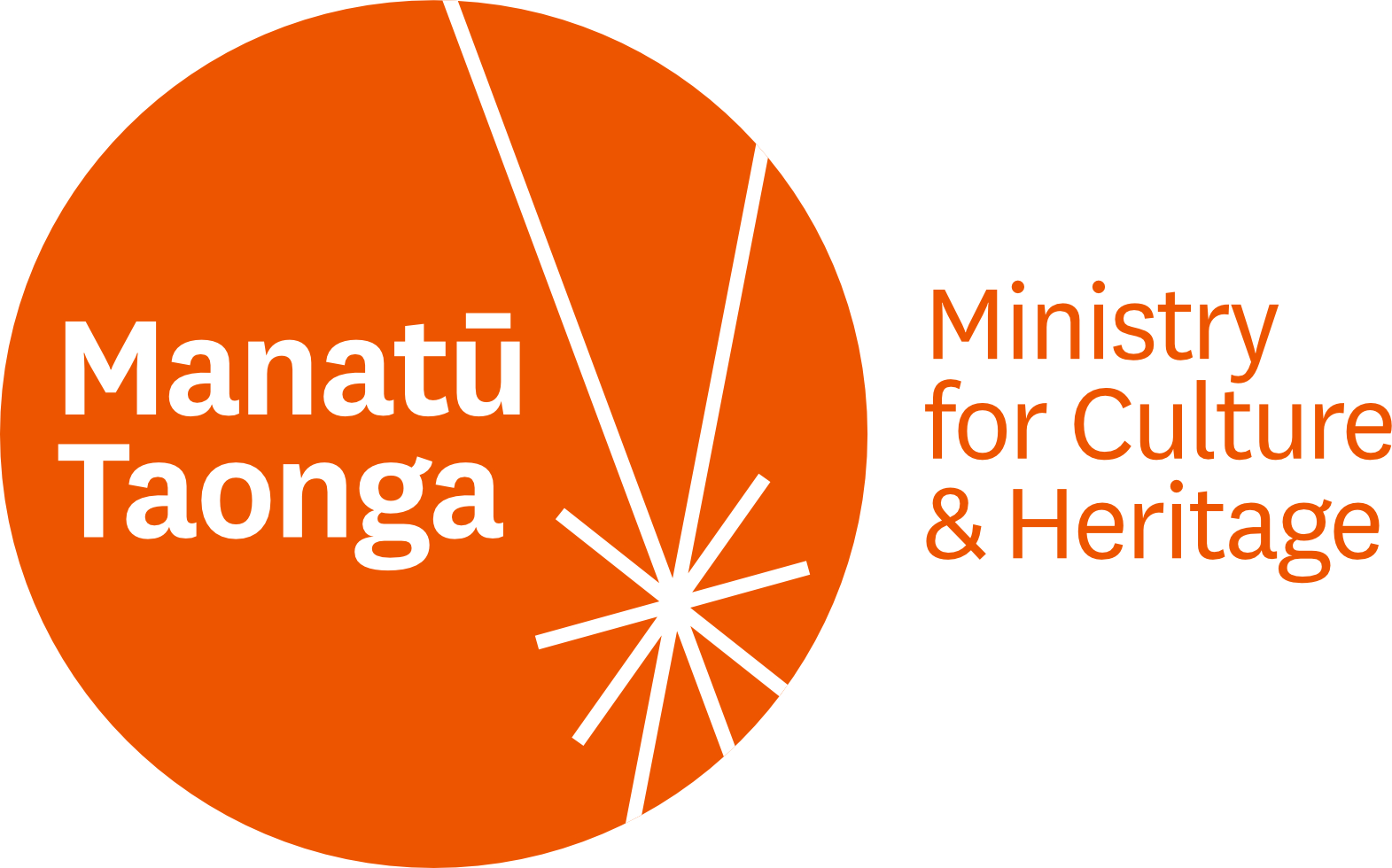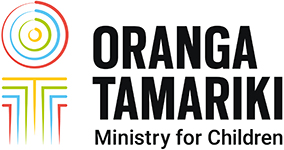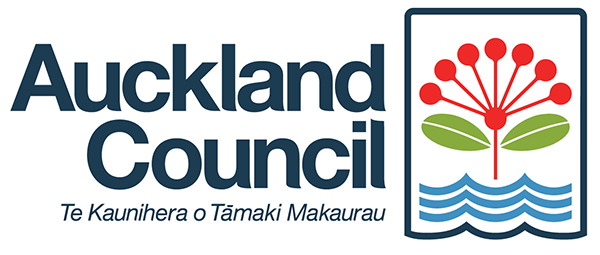Blogs and articles
Explore thought-provoking blogs, articles and personal stories about access, inclusion and creativity in Aotearoa’s arts and culture sector. From artist perspectives and opinion pieces to reflections on accessible practices, these voices share insights, experiences and ideas that inspire change. Have something to say? We welcome your contributions: get in touch with us!




